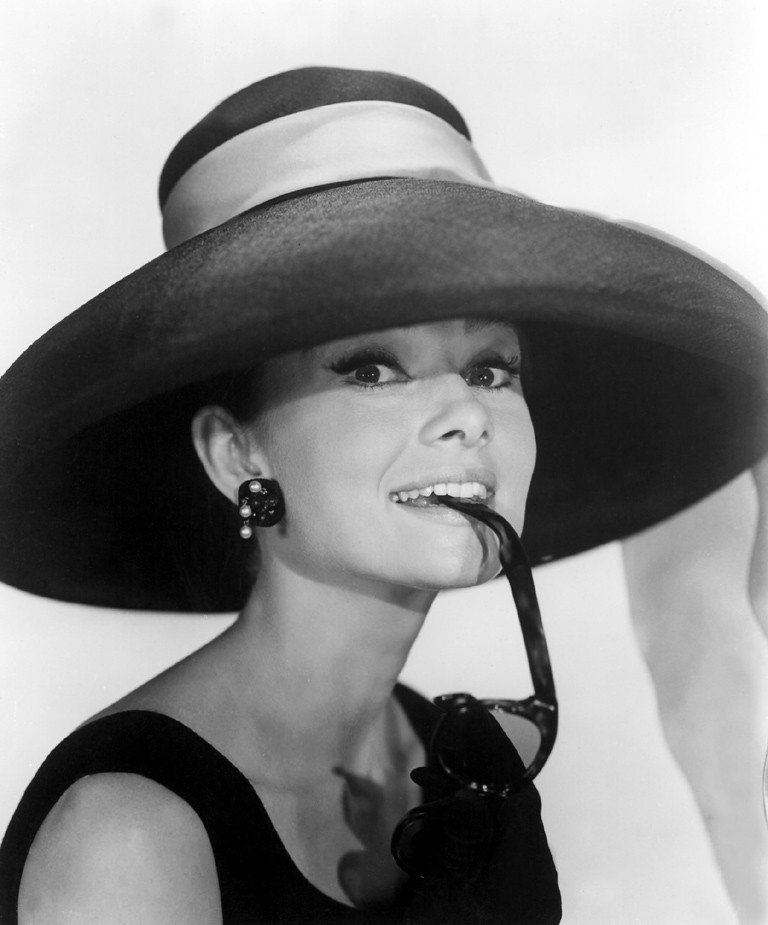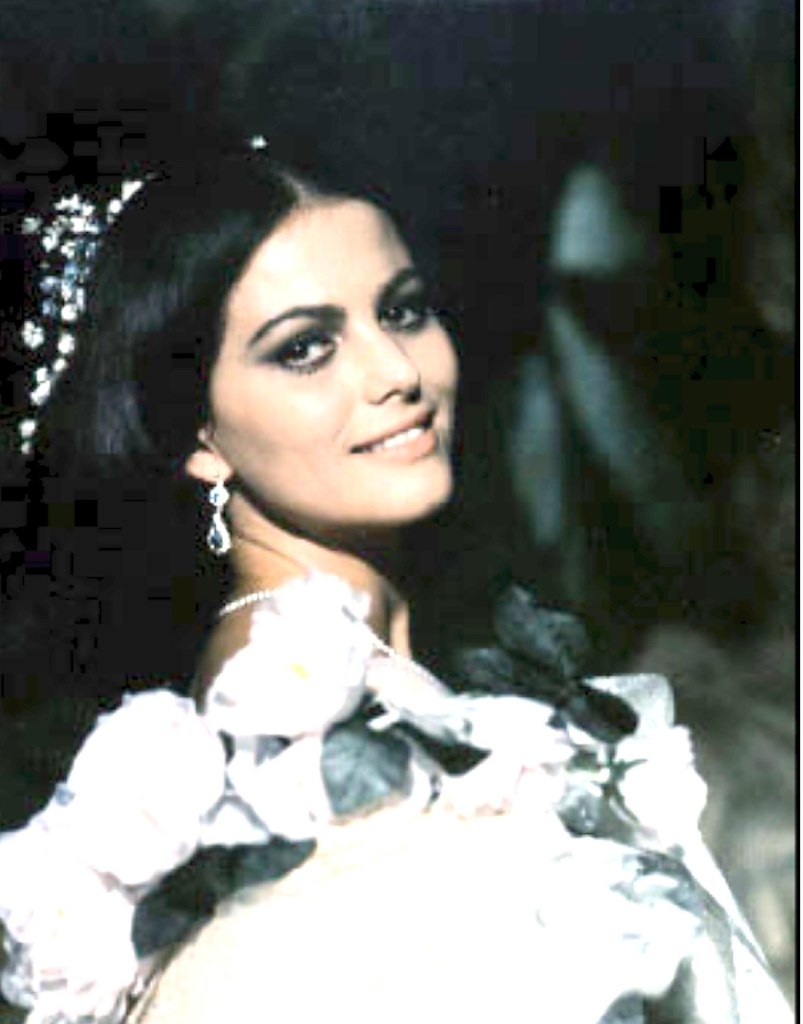
The 1960s. Just saying “the Sixties” conjures images of profound change, a decade vibrant with revolution in social norms, a shift that touched everything from music and clothing to civil rights and global politics. It was a time when the world seemed to hold its breath, then exhale in a collective gasp of defiance and hope. This wasn’t just a period of upheaval; it was an era shaped by powerful personalities, individuals whose charisma, vision, and actions reverberated across continents, truly making them the royals of their respective “scenes.”
More than just a chronological span from January 1, 1960, to December 31, 1969, the Sixties emerged as the “countercultural decade” in the United States and other Western countries, and famously, the “Swinging Sixties” in the United Kingdom. This era saw a dynamic interplay of grand political narratives, like the intense proxy wars of the Cold War, alongside a powerful groundswell of grassroots movements demanding change. These movements, and the figures who championed or navigated them, created a new kind of spotlight, one that transcended traditional entertainment and shone brightly on the architects of history.
In an age before constant digital feeds, these individuals commanded attention, their words and images defining moments. They became more than just politicians or activists; they became cultural touchstones, embodying the evolving “style” of an era—not just in fashion, but in thought, rhetoric, and global presence. Join us as we take a deep dive into the lives and monumental impacts of 11 such figures, the undisputed “stars” who navigated and defined the dramatic, ever-changing “scene” of the 1960s.
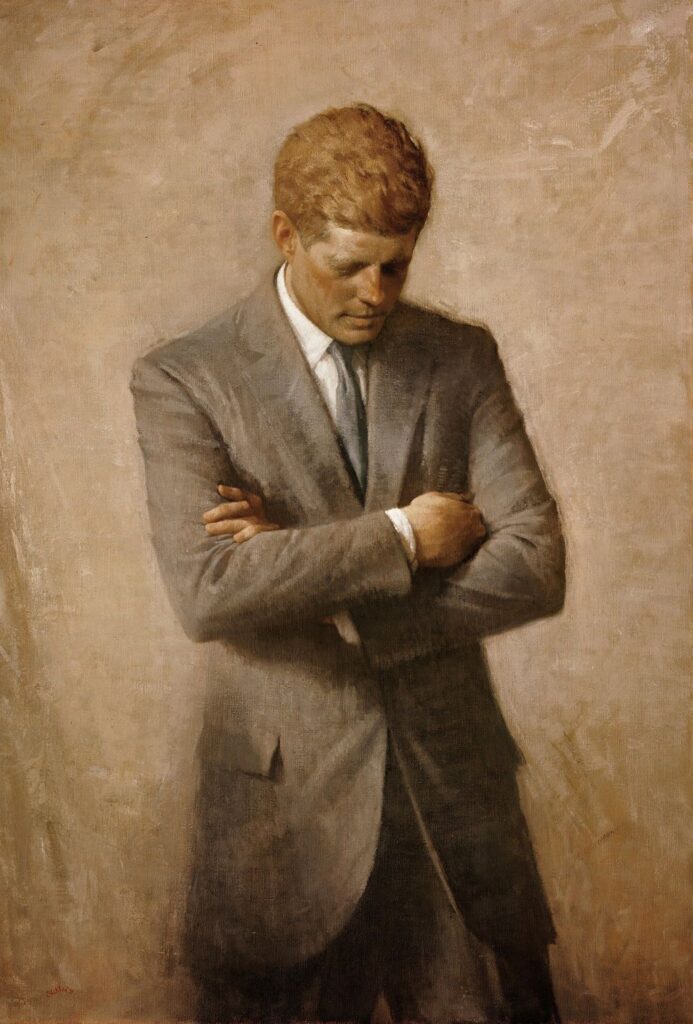
1. **John F. Kennedy: The Charismatic Visionary Who Electrified a Nation**In the early days of the 1960s, America, and indeed much of the world, was captivated by the youthful vigor and aspirational vision of John F. Kennedy. Sworn in on January 20, 1961, Kennedy entered the White House promising to “get America moving again,” a rallying cry that immediately set the tone for a new decade. His presidency, though tragically short, was marked by an almost magnetic appeal, a “style” of leadership that seemed perfectly attuned to the evolving desires of a nation ready for progress and bold action. His confident demeanor and articulate speeches gave a sense of dynamism that permeated the public consciousness.
Kennedy’s approach embraced Keynesian economics, making him the first president to openly champion such policies. He proposed a range of initiatives aimed at economic growth, including a 7% tax credit for businesses investing in new plants and equipment, income tax cuts and an increase in the federal minimum wage. These economic strategies were designed to stimulate growth of 4–6% per year and reduce unemployment below 4%. While the government did routinely produce fiscal deficits, the U.S. experienced sustained rapid economic growth from February 1961, lasting 106 months, making it the longest recorded economic expansion until the 1990s.
Beyond economics, Kennedy also promised a more aggressive confrontation with the Soviet Union, defining the Cold War landscape. He established the Peace Corps, an initiative that channeled American idealism into global service, embodying a new kind of international engagement. His resolve during the Cuban Missile Crisis in October 1962, a near-military confrontation stemming from Soviet missiles in Cuba, showcased his ability to navigate the most perilous international challenges. Negotiations between the U.S. and the U.S.S.R. led to the removal of Soviet missiles from Cuba in exchange for the U.S. removing its missiles from Turkey, averting potential nuclear warfare and highlighting Kennedy’s critical role on the world stage.
However, Kennedy’s presidency was cut short by a shocking event that plunged the nation into grief. On November 22, 1963, he was tragically assassinated while riding in a motorcade through Dealey Plaza in Dallas, Texas. The assassination sent the nation into shock, and for decades, conspiracy theorists have sought alternative explanations to the official report of a lone gunman. Despite its brevity, his time in office established a powerful narrative of hope, challenge, and renewal, leaving an indelible mark on the American psyche and cementing his place as an iconic figure whose “style” of leadership continues to be analyzed and admired. His tragic death only heightened his legendary status, making him a perpetual symbol of the promise and peril of the 1960s.
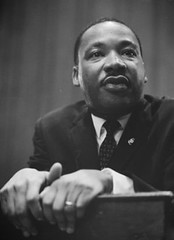
2. **Martin Luther King Jr.: The Voice of a Movement, Redefining Justice**The 1960s were irrevocably shaped by the moral authority and unwavering dedication of Martin Luther King Jr. An American civil rights leader, King became the undeniable face of the movement challenging racial segregation and discrimination in the United States. His “style” of advocacy was one rooted in nonviolent protest and powerful, evocative rhetoric, delivering messages that resonated deeply with the conscience of a nation. He personified the urgent call for equality, transforming the civil rights struggle into a central issue of the decade.
The year 1963 stands out as a pivotal moment in his legacy, a time when civil rights exploded into the national consciousness. King played a leading role in the Birmingham campaign, a series of protests against segregation in Birmingham, Alabama, which was met with brutal repression. This garnered national attention, and the subsequent Birmingham riot underscored deep-seated racial tensions. It was amidst this climate that President Kennedy delivered his Civil Rights Address, and on August 28, King made his famously inspiring “I Have a Dream” speech to a monumental crowd of 250,000 people during the March on Washington. This speech, delivered with unparalleled eloquence, became a defining moment for the movement and the decade.
King’s influence continued to drive significant legislative change. Following the powerful Selma to Montgomery marches, which vividly exposed violent resistance to voting rights, President Lyndon B. Johnson was lobbied to sign the landmark National Voting Rights Act of 1965 into law. This crucial legislation outlawed discriminatory voting practices that had historically disenfranchised African Americans across the United States, effectively dismantling many of the legal barriers to their participation in democracy. King’s relentless work and persuasive “style” of moral persuasion were instrumental in these profound shifts.
His tireless efforts, however, came at a great personal cost. On April 4, 1968, Martin Luther King Jr. was tragically shot to death in Memphis, Tennessee. His assassination sparked national mourning and further unrest, a poignant reminder of the violence that often met those who dared to challenge the status quo. Despite his untimely death, King’s legacy as a transformational leader and a “royal” of moral conviction on the American “scene” remains undiminished. His commitment to justice and his dream of a truly equitable society continue to inspire movements for human rights around the globe, making his “style” of leadership eternally relevant.
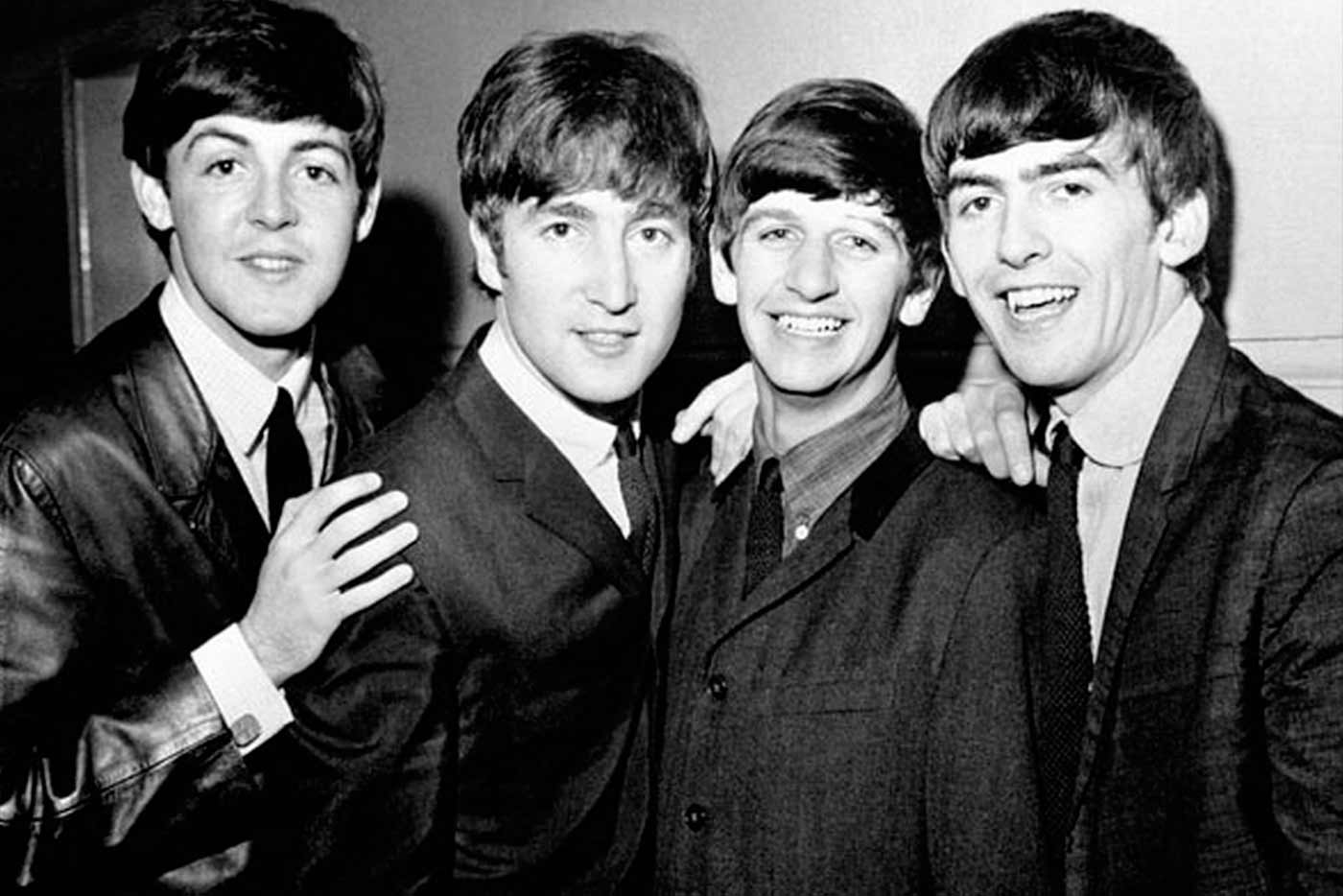
3. **The Beatles: Orchestrating the British Invasion and Revolutionizing Pop Culture**If any group can be said to have truly been “royals of style” and commanded the “Hollywood scene” (and beyond) in the 1960s, it was undoubtedly The Beatles. From Liverpool, this iconic band didn’t just play music; they orchestrated a cultural phenomenon known as the British Invasion, fundamentally reshaping the U.S. music market and the broader landscape of youth culture. Their arrival marked a seismic shift, introducing a fresh sound, innovative fashion, and an infectious charisma that captured the hearts and minds of millions, defining a new “style” of celebrity and pop-cultural influence.
Their impact extended far beyond mere album sales. The Beatles embodied the youthful rebellion and evolving social norms of the Sixties, influencing dress, hairstyles, and a general sense of liberation. Their music, which evolved from catchy pop to more complex, experimental sounds, reflected and often spearheaded the changes happening around them. They inspired a wide range of new music that emerged during the decade, becoming a benchmark against which other popular music was measured. Their sheer popularity and global reach transformed the “scene” of entertainment and set new precedents for how a musical act could interact with and shape society.
The energy they brought was palpable, contributing significantly to what became known as the “Swinging Sixties” in the United Kingdom, especially London, a term that encapsulated the decade’s vibrant and progressive cultural spirit. They were more than just musicians; they were trendsetters, their every appearance and new release dictating popular culture and offering a vibrant counterpoint to the decade’s political turmoil. Their innovative approach to music, their public image, and their collective “style” became synonymous with the era’s forward-looking spirit and its burgeoning embrace of counterculture elements.
The Beatles’ influence proved enduring, their songs becoming anthems for generations and their impact on musical composition and performance undeniable. They were central to the shift from earlier, more conservative popular music styles to the diverse, experimental, and socially conscious sounds that characterized the latter half of the decade. Their ability to both capture and propel the mood of the times solidified their status as cultural giants, demonstrating how profound artistic “style” could create a “scene” of unparalleled global excitement and change, etching their legacy as true icons of the 1960s.
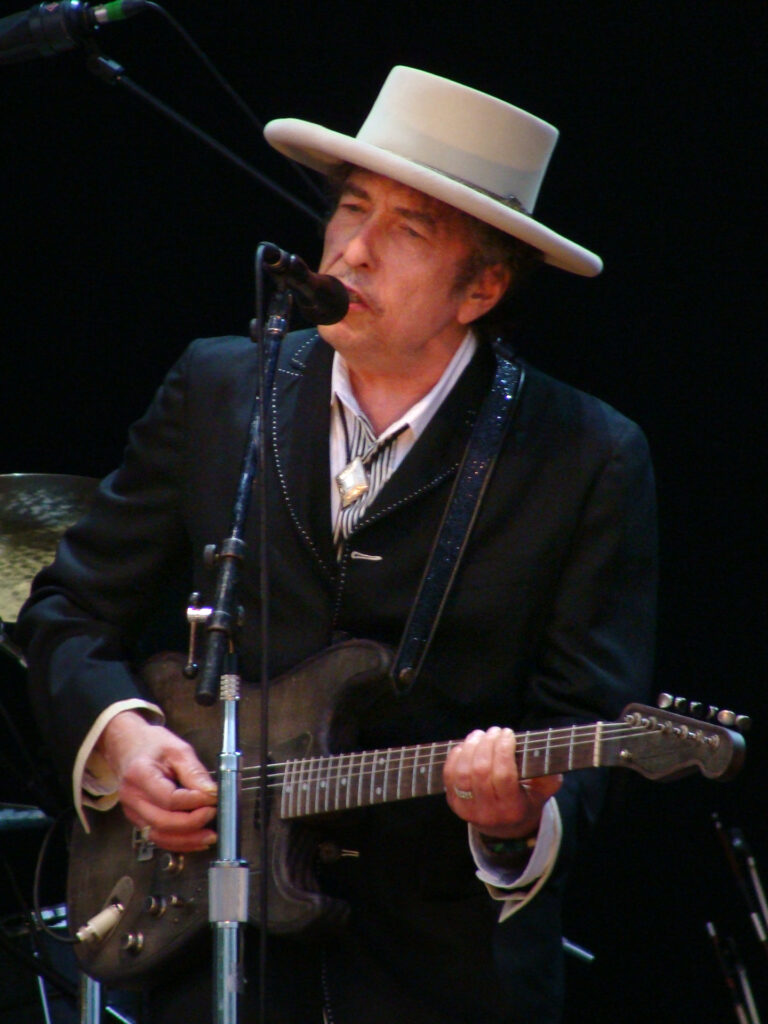
4. **Bob Dylan: The Poetic Voice of Folk Revival and Countercultural Reflection**Amidst the vibrant, and at times tumultuous, backdrop of the 1960s, a different kind of “royal” emerged on the cultural “scene”—one with a guitar, a harmonica, and a lyrical genius that profoundly articulated the decade’s restless spirit. Bob Dylan, a central figure in the folk music revival, captivated audiences with his poetic lyrics and distinctive vocal “style.” He wasn’t about the polished pop of the British Invasion; instead, he offered introspection, social commentary, and a raw, authentic voice that spoke directly to the burgeoning counterculture.
Dylan’s contribution to the folk music revival was transformative. He moved beyond traditional folk themes, infusing his songs with complex narratives and sharp observations on war, injustice, and social change. His “poetic lyrics” were quoted, debated, and analyzed, elevating popular music to a new artistic plane. He became a bard for a generation questioning authority and seeking deeper meaning, creating a musical “style” that was both deeply personal and universally resonant. His emergence highlighted a parallel path in music to the Beatles’ pop dominance, offering a more introspective and often politically charged sonic landscape.
His influence extended beyond music, becoming a significant voice for the New Left and anti-war sentiments, even if he often eschewed the role of political leader. His songs became anthems for protests, his words providing a soundtrack to a generation’s awakening consciousness. The way he crafted his narratives, blending personal experience with broader social critique, provided a distinct cultural “style” that many sought to emulate, making him a reluctant but undeniable icon of intellectual and artistic rebellion. He challenged listeners to think, to question, and to engage with the world around them in a way few other artists of his time could.
The 1960s witnessed a profound revolution in social norms, touching everything from music to civil rights, and Dylan’s work was deeply intertwined with this broader cultural transformation. His artistic “style,” characterized by its stark honesty and lyrical depth, became a defining element of the countercultural movement. He didn’t just sing songs; he articulated the zeitgeist, shaping the emotional and intellectual “scene” for countless young people. His enduring legacy rests on his ability to capture the complex spirit of the Sixties, proving that a unique artistic voice could be as powerful and influential as any political statement.

5. **Che Guevara: The Iconic Rebel Who Symbolized a Global Revolution**In a decade rife with revolutionary fervor, one image, in particular, became a pervasive symbol of rebellion and anti-establishment “style”: that of Argentine revolutionary Che Guevara. By the late 1960s, his “famous image” was ubiquitous, adorning posters and banners worldwide, signifying a global yearning for radical change. He transcended the traditional political arena to become a true icon, representing a powerful, almost romantic, vision of armed struggle and ideological conviction that deeply impacted the international “scene.”
Guevara’s journey, from his role in the Cuban Revolution alongside Fidel Castro to his campaigns in Africa and later Bolivia, positioned him as a living embodiment of the global push for liberation and self-determination, particularly in Latin America, Africa, and Asia, which were often battlegrounds in the “Cold War.” His “style” was defined by his unwavering commitment to Marxist ideals and his willingness to engage in guerrilla warfare to achieve them. He provided a stark, uncompromising alternative to mainstream political figures, inspiring countless “leftists around the world” and giving them a heroic figure to rally behind.
His influence as a symbol grew exponentially, especially after his execution in 1967 by the Bolivian army and the CIA. This tragic end cemented his martyrdom, transforming him from a political leader into an enduring emblem of revolutionary “style” and resistance. His image, often depicting him in his iconic beret, became a shorthand for defiance against imperialism and capitalism, resonating with student protestors and social movements across continents. He became a fixture in the “new social movements” that began to emerge, particularly among the New Left, challenging existing power structures.
The profound impact of Che Guevara on the 1960s “scene” was not just about his actions but also about what he represented: a fierce, intellectual, and uncompromising dedication to revolutionary principles. He represented a stark contrast to the more traditional figures dominating international politics, offering a powerful, almost visceral “style” of defiance. Even years after his death, his image continues to evoke the passionate, often confrontational, spirit of the 1960s, making him an enduring “royal” of global rebellion and a testament to the power of a deeply held ideological “style.”
Continuing our journey through the monumental ’60s, we now turn our attention to six additional figures whose distinct “styles” of leadership and profound actions further sculpted the decade’s global and domestic “scenes.” These individuals, with their unwavering convictions and often controversial approaches, pushed boundaries, sparked movements, and navigated the complex geopolitical landscape, solidifying their status as true icons of an era defined by constant transformation.
Read more about: 60s Movie Stars Who Vanished After Their Big Break: A Deep Dive into the Decade’s Most Mysterious Exits
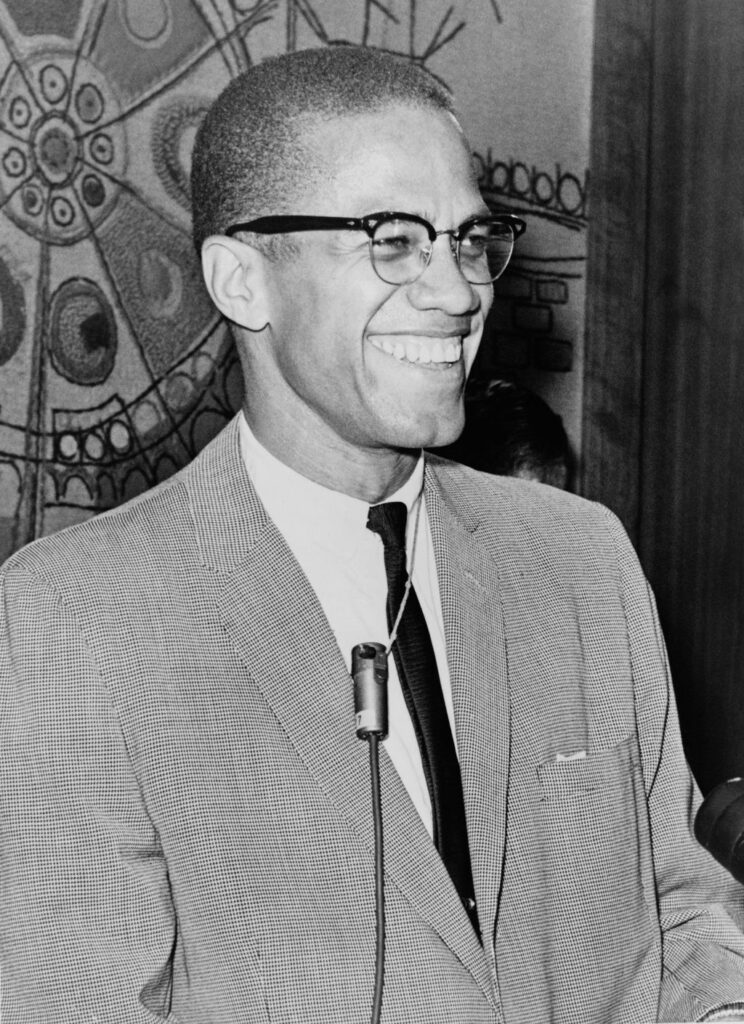
6. **Malcolm X: The Fiery Advocate Who Challenged the Status Quo**In the midst of the escalating Civil Rights Movement, a different kind of voice emerged, one that offered a stark, uncompromising critique of racial injustice in America. Malcolm X, born Malcolm Little, became a powerful and articulate spokesman for the Nation of Islam, articulating the grievances of African Americans with a fiery eloquence that captivated many and unnerved others. His “style” of advocacy was direct, confrontational, and deeply rooted in a call for Black self-reliance and empowerment, contrasting sharply with the integrationist approach championed by Martin Luther King Jr.
Malcolm X’s message resonated deeply with a segment of the Black community who felt disillusioned by the slow pace of integration and systemic discrimination. He challenged the inherent racism of American society, arguing for Black identity and dignity through a lens that emphasized separation rather than assimilation. His intellectual rigor and powerful oratory skills commanded attention, forcing a national conversation about the multifaceted nature of racial oppression and the urgent need for change. He wasn’t merely reacting to the “scene”; he was actively redefining it with his provocative critiques.
After leaving the Nation of Islam in 1964 and making a pilgrimage to Mecca, Malcolm X underwent a significant ideological transformation, embracing a more inclusive vision of human rights and racial unity. He founded the Organization of Afro-American Unity (OAAU), shifting his focus from Black nationalism to a broader internationalist perspective. This evolution in his “style” of activism showcased his capacity for growth, though his untimely assassination in February 1965 cut short a potentially even more profound impact on the civil rights “scene.”
Despite his tragically short public career, Malcolm X’s enduring legacy lies in his powerful articulation of Black consciousness and his insistence on radical change. He remains a symbol of resistance and self-determination, his words continuing to inspire movements for justice and equality. His contribution to the 1960s was not just in his critique but in offering an alternative “style” of engagement, reminding America that freedom and equality could not be granted but had to be demanded, fiercely and without apology.
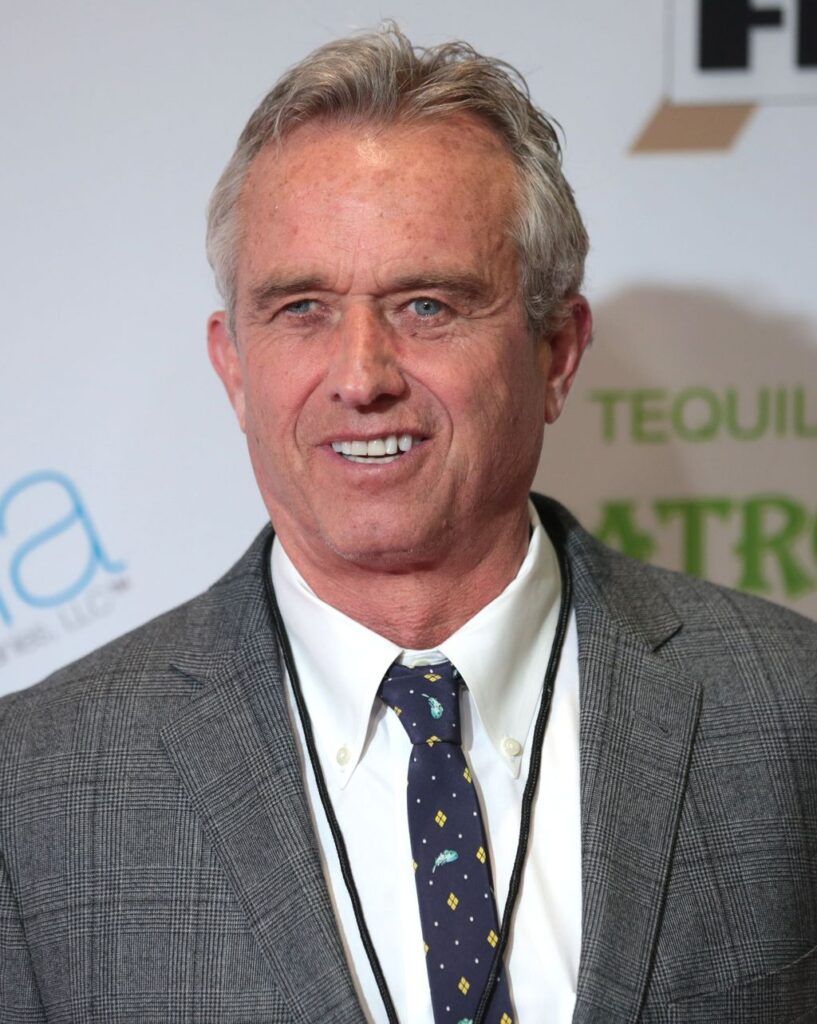
7. **Robert F. Kennedy: The Political Ascendant Carrying a Legacy of Hope**As the 1960s wore on, the shadow of a beloved figure loomed large over American politics, but from it emerged another Kennedy, one who captivated the nation with his own blend of idealism and pragmatic resolve. Robert F. Kennedy, known affectionately as Bobby, embarked on a political ascent that saw him evolve from his brother John F. Kennedy’s Attorney General to a leading Democratic presidential candidate in 1968. His “style” of leadership, marked by empathy and a commitment to social justice, offered a renewed sense of hope during a deeply tumultuous period.
Following his brother’s assassination, Robert Kennedy felt a profound responsibility to continue the work of the New Frontier. He served as a U.S. Senator for New York, advocating passionately for the poor, minorities, and marginalized communities. He engaged directly with the struggles of ordinary Americans, visiting impoverished areas and speaking out against the Vietnam War, positions that cemented his reputation as a champion for the voiceless. His campaigning “style” was characterized by a genuine connection with people, earning him widespread support.
His decision to run for president in 1968, in the wake of President Lyndon B. Johnson’s declining popularity and mounting dissent over the Vietnam War, electrified the political “scene.” Kennedy offered a compelling vision of national unity and healing, promising to address the divisions tearing the country apart. His charisma and powerful message of hope resonated across demographics, positioning him as a formidable contender for the Democratic nomination, and a symbol of a potential shift in the national mood.
Tragically, just as his campaign gained unstoppable momentum, Robert F. Kennedy was assassinated in Los Angeles in June 1968, following a victory speech after the California primary. His death plunged the nation into another wave of grief and despair, silencing a voice that many believed could unite a fractured country. His political “style,” a blend of his brother’s idealism and his own profound compassion, left an indelible mark on the decade, leaving behind a powerful, albeit unfulfilled, legacy of what might have been for the American political “scene.”
.png/1200px-Fidel_Castro_-_MATS_Terminal_Washington_1959_(cropped).png)
8. **Fidel Castro: The Revolutionary Defiance Shaping the Cold War Scene**On the global stage, few figures in the 1960s projected a “style” of revolutionary defiance as powerfully as Fidel Castro. Having successfully led the Cuban Revolution, Castro’s Cuba became a beacon for anti-imperialist movements and a significant player in the Cold War’s tense geopolitics. His unwavering commitment to his communist ideals and his willingness to challenge the mighty United States head-on ensured that his command of the international “scene” was undeniable.
Castro’s defiance became most acutely evident during the Bay of Pigs Invasion in 1961, an unsuccessful attempt by CIA-trained Cuban exiles to overthrow his government. The failure of this invasion cemented Castro’s power and further pushed Cuba into an alliance with the Soviet Union, fundamentally altering the balance of power in the Western Hemisphere. This alliance led to the most dangerous moment of the Cold War, the Cuban Missile Crisis in October 1962, where the world teetered on the brink of nuclear conflict.
In that intense standoff, Cuba hosted Soviet ballistic missiles, mirroring the placement of American missiles in Turkey, creating an international crisis of unprecedented proportions. Castro’s uncompromising “style” and the strategic decisions made by both the U.S. and the U.S.S.R. during those thirteen days defined the essence of Cold War brinkmanship. Ultimately, negotiations led to the withdrawal of missiles from both Cuba and Turkey, averting potential nuclear warfare and highlighting Castro’s central, albeit controversial, role on the world “scene.”
Fidel Castro’s “style” of leadership, characterized by long, impassioned speeches and a fierce commitment to Cuban sovereignty, made him a global icon for many “leftists around the world” and a formidable adversary for the United States. His revolutionary defiance throughout the 1960s not only secured Cuba’s independence from American influence but also profoundly shaped the ideological battles and geopolitical maneuvers that defined the entire decade, ensuring his place as a royal of revolutionary resolve.
Read more about: Need a Reminder: The ’50s? These 12 Unforgettable Icons Were the Absolute Legends of Talent and the Decade’s Defining Moments!

9. **Mao Zedong: The Architect of China’s Cultural Upheaval**While the Western world grappled with counterculture and Cold War proxy battles, China was consumed by an internal storm of monumental proportions, orchestrated by its towering leader, Mao Zedong. In the 1960s, Mao’s “style” of governance was one of absolute ideological control, culminating in the launch of the Cultural Revolution in 1966. This immense “cultural upheaval” profoundly reshaped Chinese society, making Mao the undisputed commander of the vast Chinese “scene.”
Mao Zedong’s vision for China had already led to devastating consequences with the Great Leap Forward, which by 1962 had caused mass starvation and the deaths of millions. Undeterred, and seeking to reassert his authority and preserve Chinese communism, Mao initiated the Cultural Revolution. Its stated goal was to purge traditional Chinese practices and capitalist elements from society, leading to a decade of intense political struggle, persecution, and destruction of historical heritage.
The “cultural upheaval” mobilized China’s youth into “Red Guards” groups, who enthusiastically carried out Mao’s directives, targeting perceived enemies of the revolution—from intellectuals and party officials to ancient artifacts and cultural sites. This campaign of ideological purification led to the arrests of many Chinese politicians and the killings of millions of civilians and ethnic minorities. Mao’s “style” of leadership during this period demonstrated an unparalleled ability to rally popular support for radical social engineering, even at immense human cost.
The Cultural Revolution, though officially declared ended by Mao in 1969, continued to cause political instability and power struggles for years. Mao Zedong’s impact on the 1960s “scene” was unlike any other, representing a unique and often brutal “style” of transforming a nation through ideological fervor. His actions reshaped China for generations, demonstrating the immense power of a single individual to command and redefine an entire cultural and political landscape, leaving a legacy of both revolutionary change and profound tragedy.
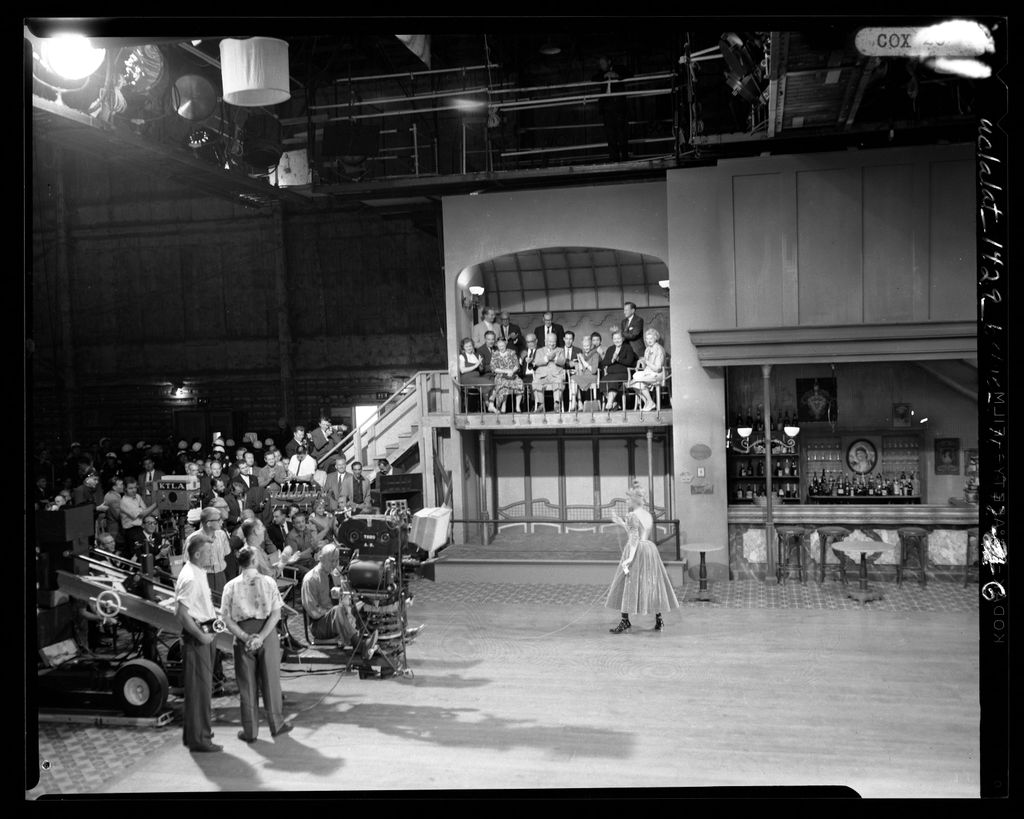
10. **Nikita Khrushchev: The Cold War Maneuverer on the Global Stage**In the tense theater of the Cold War, the Soviet Union’s leader, Nikita Khrushchev, was a central figure whose distinctive “style” of leadership commanded the international “scene” with a mix of bluster and strategic maneuvering. Throughout the early and mid-1960s, Khrushchev was at the helm, navigating the perilous waters of superpower rivalry, from space races to nuclear standoffs, before his eventual removal from power.
Khrushchev’s “Cold War maneuvers” were most dramatically showcased during the Cuban Missile Crisis in 1962. It was under his leadership that the Soviet Union made the audacious decision to place ballistic missiles in Cuba, sparking a direct and terrifying confrontation with the United States. His willingness to push the boundaries, followed by a pragmatic decision to negotiate a resolution, demonstrated a high-stakes “style” of diplomacy that averted a global catastrophe.
Beyond the Cuban crisis, Khrushchev championed space exploration, celebrated Yuri Gagarin’s orbital flight, and oversaw the construction of the Berlin Wall in 1961, a stark physical manifestation of the Cold War’s ideological divide. His “style” often involved aggressive rhetoric, famously promising to “bury” capitalism, yet he also pursued policies of de-Stalinization and sought a degree of peaceful coexistence with the West, showcasing a complex and often contradictory approach to global power dynamics.
However, Khrushchev’s “increasingly erratic and authoritarian behavior” eventually led to his expulsion from office in October 1964, a rare instance of a Soviet leader being removed through an internal party coup rather than death. Despite his downfall, his bold and often unpredictable “style” left an undeniable mark on the 1960s, defining the early Cold War “scene” and demonstrating how one individual could hold the fate of nations in their hands through strategic and sometimes reckless maneuvers.

11. **Lyndon B. Johnson: The Legislative Powerhouse and Vietnam War Commander**Assuming the presidency under the darkest of circumstances, Lyndon B. Johnson inherited a nation in grief and a complex array of domestic and international challenges. His “style” of leadership, forged in the rough-and-tumble world of Texas politics, was characterized by an ambitious drive for legislative achievement at home and a deeply entangled commitment to military engagement abroad, making him a pivotal commander of both the American and global “scenes” in the mid-to-late 1960s.
Johnson’s “legislative ambitions” were truly monumental. Seizing the momentum created by John F. Kennedy’s vision, he masterfully navigated Congress to pass groundbreaking social reforms, collectively known as the Great Society programs. These included the landmark Civil Rights Act of 1964, which outlawed racial segregation, and the National Voting Rights Act of 1965, which dismantled discriminatory voting practices. His relentless “style” of political persuasion transformed American society, dramatically expanding civil rights and creating new healthcare programs for the elderly and the poor.
While achieving unparalleled success on the domestic front, Johnson’s presidency became increasingly defined by the escalating Vietnam War. His administration, citing the Gulf of Tonkin Resolution, dramatically increased U.S. military involvement, sending more than 500,000 troops to Vietnam by 1966. This “command” of military force, however, became deeply unpopular, igniting widespread anti-war protests “around the globe” and fostering a profound sense of disillusionment among the “New Left at home and abroad.”
The weight of the war and the growing domestic unrest ultimately overshadowed his Great Society achievements, leading to a decline in his popularity. Despite his legislative triumphs, the Vietnam War became an albatross around his presidency, forcing him not to seek re-election in 1968. Lyndon B. Johnson’s “style” was that of a powerhouse who reshaped American governance, but his command of the global “scene” through military action also cemented his image as a deeply complex figure, forever intertwined with both the promise and the tragedy of the 1960s.
As we look back at these eleven extraordinary figures who graced the “scene” of the 1960s, it becomes clear that this decade wasn’t merely a segment of time; it was a crucible of change, shaped by individuals whose charisma, conviction, and actions left an indelible mark. From the intellectual rebellion of artists to the revolutionary fervor of political leaders, and the unwavering fight for civil rights, these “royals of style” didn’t just witness history—they actively created it. Their legacies continue to resonate, reminding us that true influence transcends ephemeral trends, enduring as powerful testaments to the enduring human spirit in pursuit of a better world. Their stories are a vivid tapestry, rich with lessons on leadership, change, and the profound impact individuals can have on the grand narrative of human progress.

